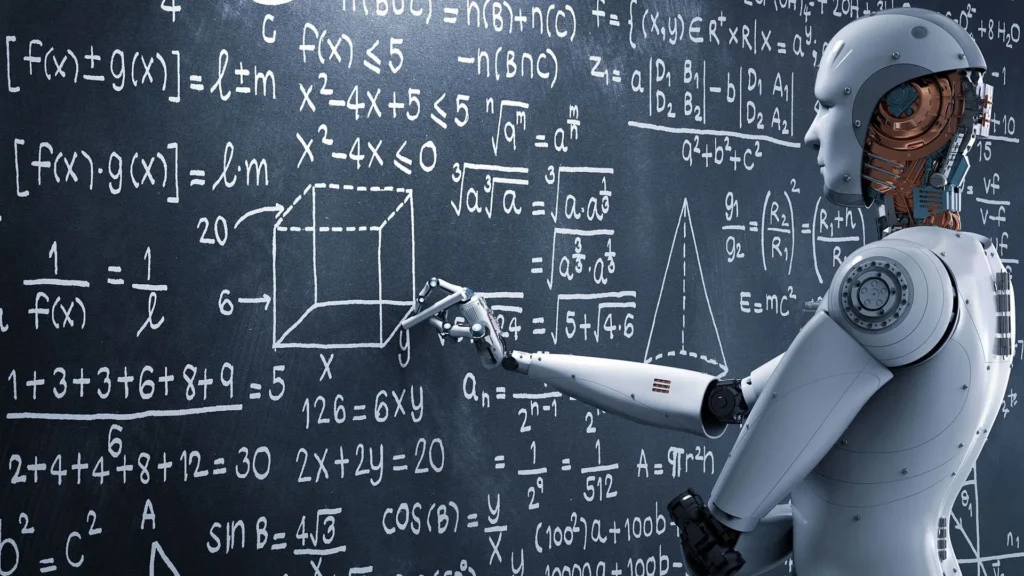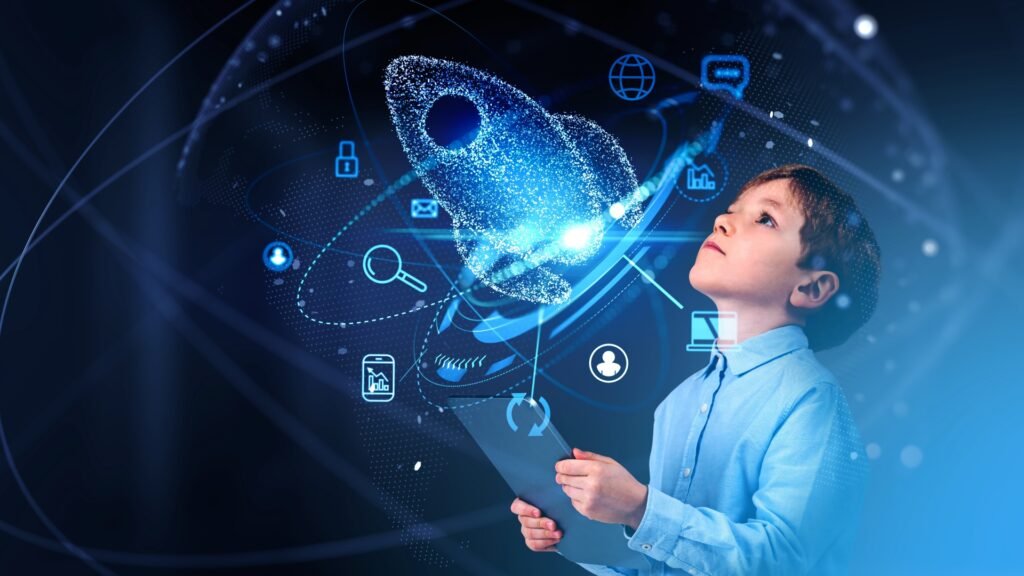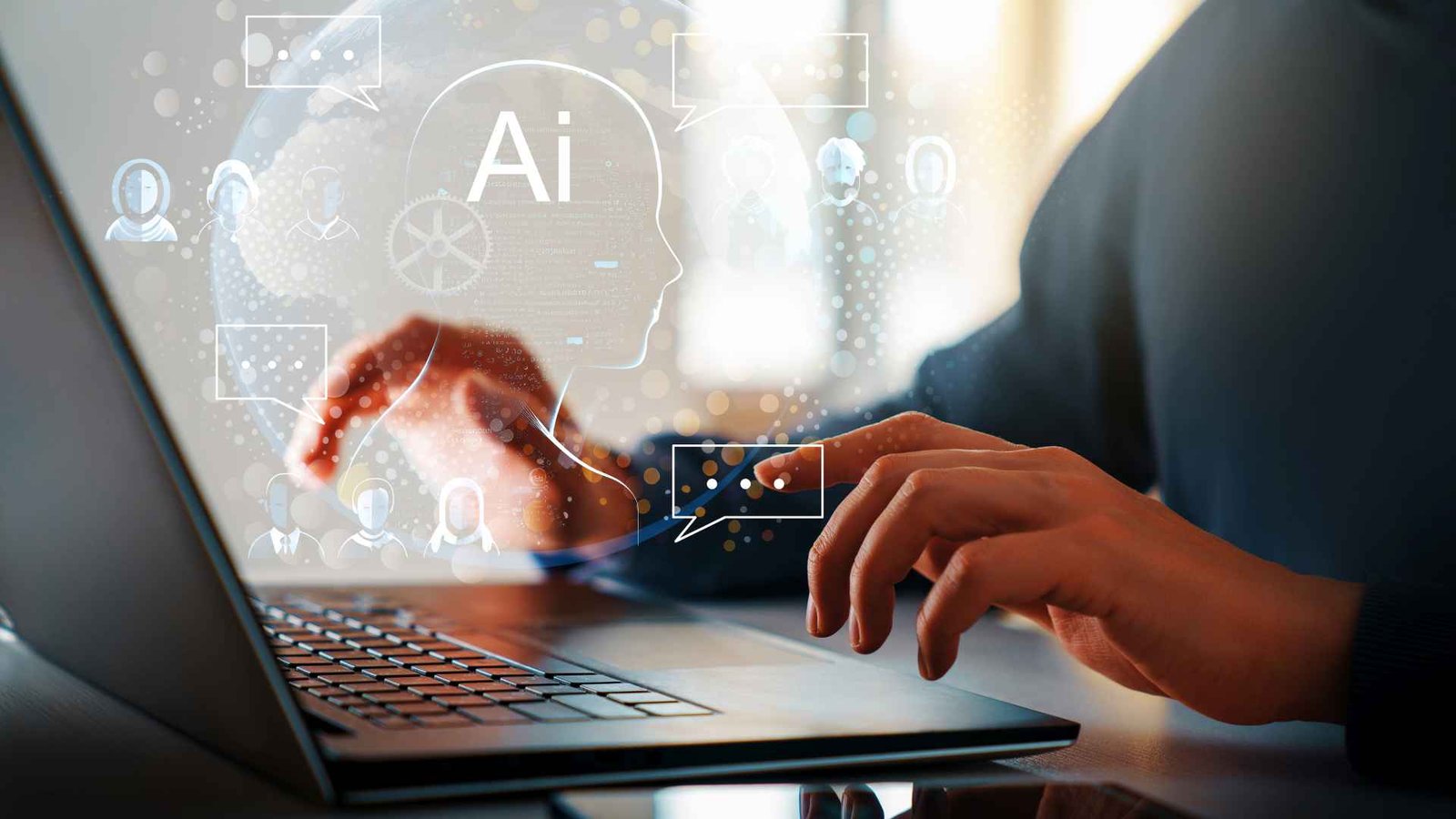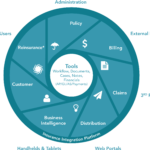AI and Technology in Education The educational scene has changed significantly in recent years, mostly due to technological improvements. Technology advancements like artificial intelligence (AI) are completely changing how we approach education. The blending of AI and technology is changing educational paradigms and preparing students for a future greatly affected by digital breakthroughs, from individualized learning experiences to administrative efficiencies.

AI and Its Role in Education
Artificial Intelligence has become a potent instrument in the field of education, providing chances to customize instruction and expedite administrative duties. Adaptive learning platforms increase student engagement and effectiveness by customizing instructional content to each student’s needs using machine learning algorithms. AI-powered systems also help with administrative tasks like scheduling and grading, giving teachers more time to dedicate to teaching.
Technological Innovations in the Classroom
Projectors were the first classroom technology, and now interactive systems are sophisticated. The learning environment has changed, becoming more participatory and accessible thanks to digital tools like learning management systems and smart boards. While gamification and educational apps use interactive and rewarding techniques to engage students, virtual and augmented reality offer immersive learning experiences.
Benefits of AI and Technology in Education
There are several advantages to integrating AI and technology into education, such as better learning outcomes, higher levels of engagement, and expanded accessibility. Interactive resources and individualized learning experiences support students’ academic success and motivation. Additionally, since technology accommodates a range of learning requirements, education becomes more inclusive.

Challenges and Considerations
Notwithstanding the benefits, using AI and technology in the classroom has drawbacks. Concerns about data security and privacy are crucial, as is the problem of fairness and access because some students do not have access to the resources they need. Professional development and teacher training are essential if teachers are to be able to successfully incorporate technology into their lessons. Furthermore, there’s a chance that an excessive reliance on technology could impair one’s capacity for critical thought.
Future Trends and Innovations
In the future, cutting-edge technology like sophisticated artificial intelligence and data analytics will keep influencing how education is delivered. Global viewpoints will showcase various approaches to technological integration, and data will play a bigger role in guiding educational decisions.

Case Studies and Real-World Applications
Analyzing effective technological integrations in the classroom yields insightful information about best practices and lessons discovered. The government and business sectors are showcasing creative projects and initiatives that demonstrate how technology may revolutionize education on a larger scale.

Conclusion
Unquestionably, technology and AI have changed education by bringing new opportunities for participation, individualized instruction, and administrative efficiency. In order to establish a comprehensive and successful educational experience, it will be crucial to strike a balance between human connection and technological improvements in the future. There’s little doubt that as technology continues to advance, more changes will occur, thus it’s important to keep up to date and flexible.
FAQs
What is AI in education?
Artificial intelligence (AI) in education is the application of AI technology to improve instruction and student learning. Personalized learning experiences and streamlined educational procedures can be achieved with the aid of artificial intelligence (AI)-driven analytics, automated grading systems, virtual instructors, and adaptive learning platforms.
How does AI personalize learning?
By examining student performance data and customizing instructional materials to each student’s requirements, artificial intelligence (AI) personalizes learning. AI can, for instance, modify an exercise’s level of difficulty in response to a student’s development or offer tailored feedback to help them grasp a particular subject better.
What are some examples of AI tools used in education?
AI tools in education include, for instance:
DreamBox: An adaptive math application that modifies lessons according to how students answer.
Grammarly: Real-time grammar and style recommendations are provided by this AI-powered writing helper.
Duolingo is an AI-powered language learning program that adjusts lessons and practice tasks based on the proficiency level of the user.
What are the benefits of using technology in the classroom?
Using technology in the classroom has a number of advantages, such as:
Enhanced Engagement: Students’ learning can be made more interesting and inspiring by using interactive technologies and multimedia information.
Personalized Learning: Thanks to technology, students can have tailored, flexible learning experiences that meet their specific needs.
Access to Resources: Beyond traditional textbooks, digital tools offer a plethora of information and resources.
How can schools address the digital divide?
In order to overcome the digital gap, schools can:
Ensuring that every student has access to the gadgets and internet connectivity they require is known as providing access.
Providing Assistance: supplying tools and technical support to enable families and students to make efficient use of technology.
Equitable Funding: Distributing funds and resources so that schools with limited resources can buy the equipment they need.



